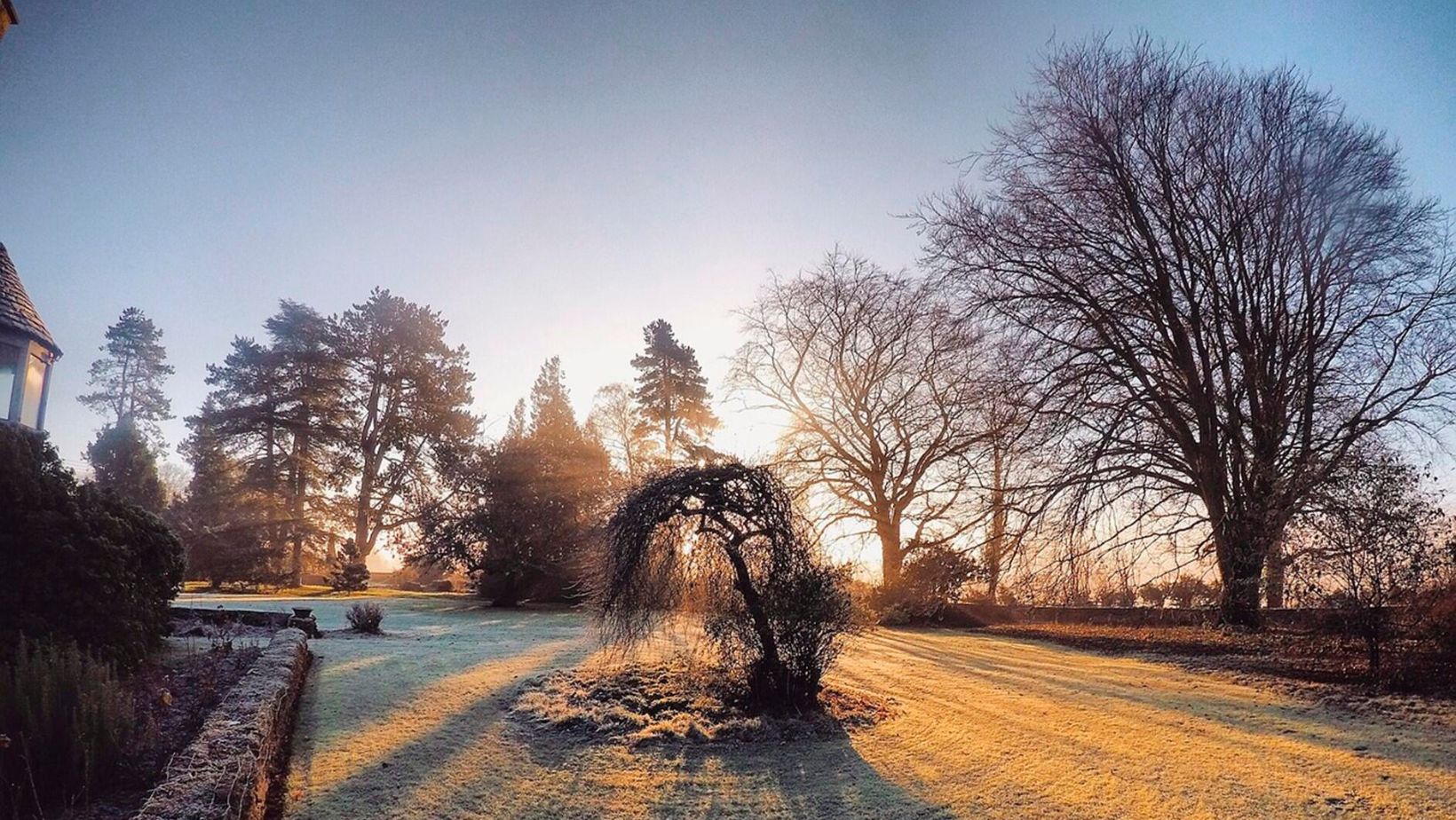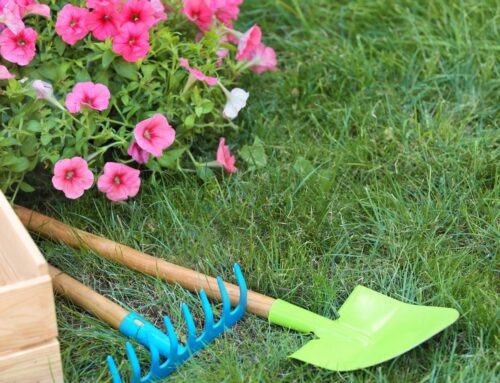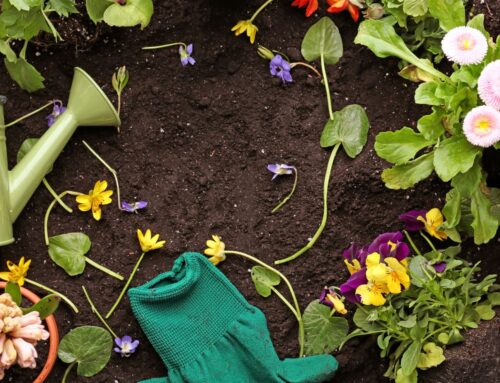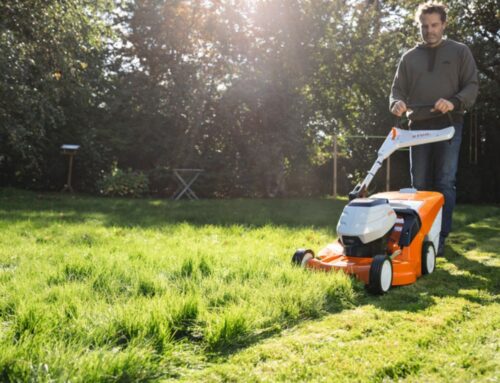
What to do in your garden in January
January is a quieter month in the UK garden due to the cold and often wet conditions, but it’s still a good time for planning, preparation, and some crucial garden jobs. Here’s a list of tasks that gardeners might undertake during this month:
-
Plan for the Year Ahead
January is an excellent time to plan your garden for the upcoming seasons. Consider ordering seeds, bulbs, and plants from catalogues or online, ensuring you’re ready when planting season arrives.
-
Winter Pruning
Prune deciduous trees and shrubs (avoiding those that flower early in the year). This is also a good time to prune apple and pear trees but avoid stone fruit trees like cherries (they’re best pruned in summer).
-
Recycle Christmas Trees
If you’ve had a real Christmas tree, recycle it by shredding it for mulch or check local council services for recycling options.
-
Clean and Repair Tools
Sharpen, clean, and oil your garden tools, making sure they’re in good shape for the year ahead.
-
Inspect Stored Bulbs and Tubers
Check stored bulbs, tubers, and corms for rot or mould and discard any that are unhealthy.
-
Protect Plants from Frost
Use cloches, fleece, or bubble wrap to protect vulnerable plants from harsh frosts.
-
Force Rhubarb
Place a rhubarb forcer or large pot over your rhubarb crowns to encourage early, tender shoots.
-
Clean Greenhouses and Pots
A tidy greenhouse is a productive one. Clean the glass, wash pots and trays, and ensure you’re ready for seed sowing in the coming months.
-
Maintain Garden Structures
Repair any damaged fences, gates, trellises, or raised beds. Winter is a good time to do this since the garden is less full and it’s easier to work on these structures.
-
Start Off Early Seeds
Some seeds (like begonias, geraniums, and peppers) need a longer growing season and can be started indoors in January.
-
Dig Over Soil
If the ground isn’t frozen or waterlogged, turn over your soil to expose pests and prepare beds for spring planting.
-
Install Water Butts
Collect rainwater by setting up water butts. January can be a wet month, and collecting rainwater is both eco-friendly and beneficial for plants.
-
Look After Wildlife
Keep bird feeders full, provide fresh water, and consider setting up nesting boxes ready for the spring.
-
Remove Garden Pests
Hunt for hibernating pests like snails and slugs and dispose of them. Check plants for white vine weevil larvae, which can be harmful.
While January might not be the most active month in the garden, it’s certainly not a time to rest completely. The tasks undertaken during this month lay the groundwork for a successful gardening year ahead.




